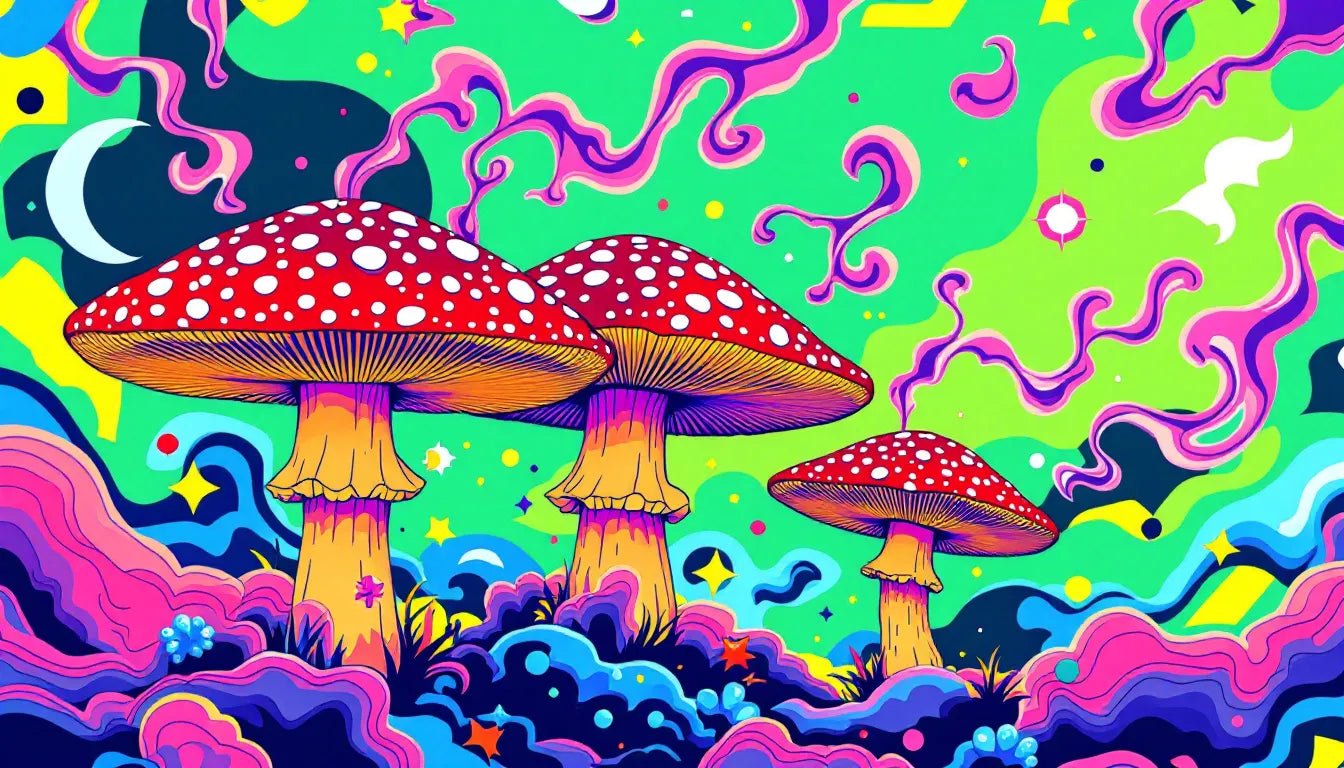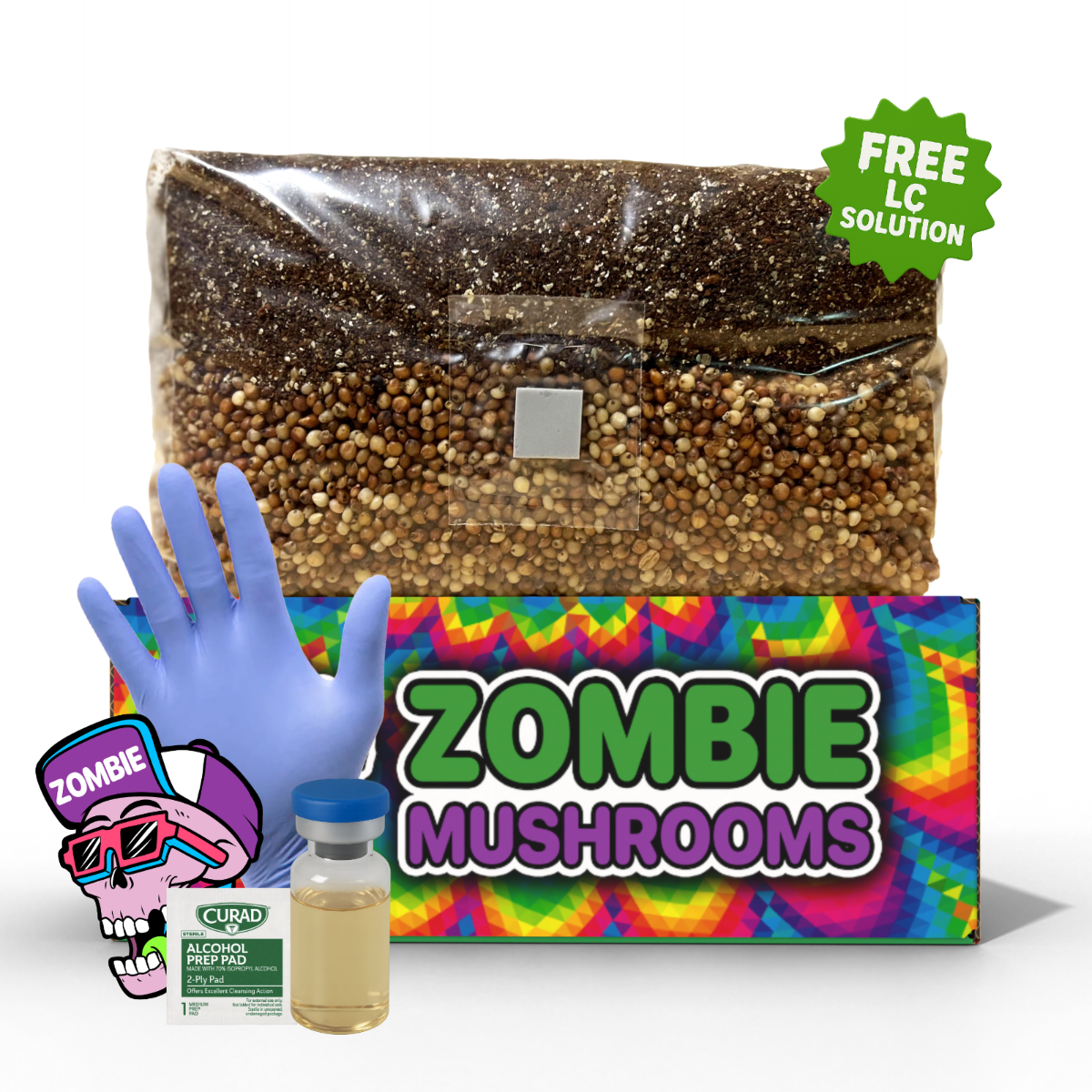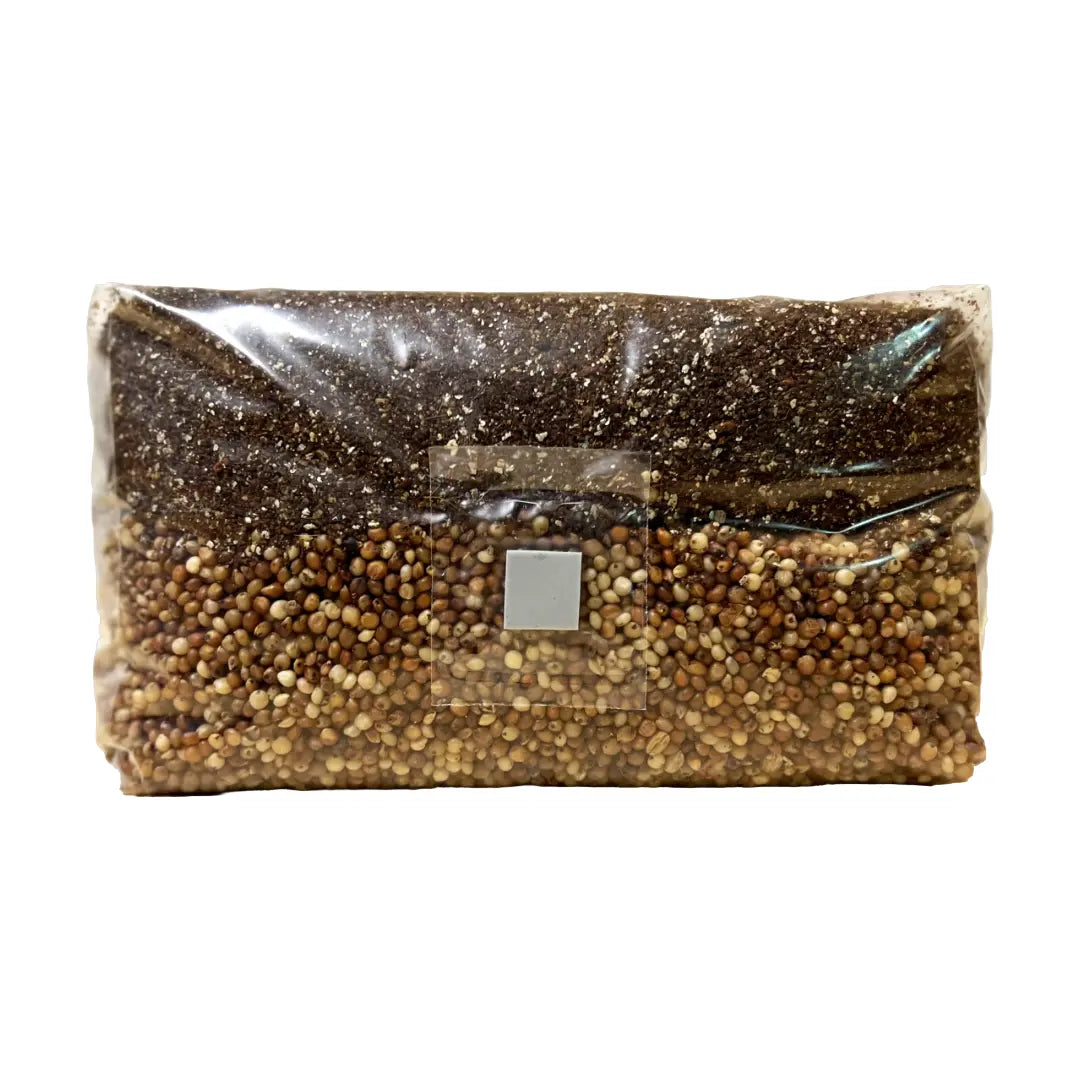Introduction
Amanita muscaria, more commonly known as the fly agaric, is one of the most recognizable mushrooms in the world. Its striking red cap speckled with white spots has cemented its image in folklore, fairy tales, and traditional shamanic rituals for centuries. Historically, it has been used for its psychoactive properties by indigenous cultures, particularly in Siberian shamanism. More recently, Amanita muscaria has gained traction in modern alternative wellness circles as a natural substance with unique sedative and hallucinogenic effects, sparking wider curiosity about mushroom cultivation and the role of tools like agar cups and plates.
However, with growing popularity comes increased scrutiny. The U.S. Food and Drug Administration (FDA) has recently declared Amanita muscaria noncompliant with the Food, Drug, and Cosmetic Act, raising concerns within the mushroom and psychedelic communities. This regulatory move poses significant implications for businesses, researchers, and consumers.
This article explores the historical significance of Amanita muscaria, examines the reasoning behind the federal crackdown, and evaluates its broader impact on the mushroom industry. What does this mean for the future of Amanita muscaria, and how can enthusiasts navigate this new landscape?
What Is Amanita Muscaria?
Amanita muscaria (fly agaric) is a fascinating mushroom with a long history of cultural, medicinal, and spiritual use. Unlike psilocybin-containing mushrooms, which are classified as Schedule I drugs under the Controlled Substances Act, Amanita muscaria acts on a different part of the brain and has distinct effects on users.
Key Psychoactive Compounds
The mushroom contains several biologically active compounds that account for its unique properties:
- Muscimol – This is the primary psychoactive compound in Amanita muscaria. Muscimol is a potent GABA agonist, meaning it interacts with the brain’s inhibitory neurotransmitters, leading to sedative, dream-like, and euphoric effects.
- Ibotenic Acid – A precursor to muscimol, ibotenic acid is psychoactive but can lead to unpleasant side effects such as nausea and confusion. Through proper processing (usually drying), ibotenic acid is converted into muscimol, enhancing the mushroom’s desirable effects.
- Muscarine – While often associated with Amanita muscaria, muscarine is actually present in very low amounts and is not responsible for the mushroom’s psychoactive effects. However, muscarine can impact the nervous system and contribute to toxicity in high doses.
Traditional and Modern Uses
Amanita muscaria has been used traditionally in religious and shamanic practices, especially in Siberia, where shamans would consume the mushroom to enter altered states of consciousness. Some theories even suggest that Amanita muscaria played a role in the origins of Christmas traditions and the ancient Hindu texts known as the Rig Veda.
In the modern world, Amanita muscaria has found its way into alternative wellness products, appearing in edibles, tinctures, and smoking blends marketed for relaxation, sleep enhancement, and mild psychedelic experiences. This shift has led to greater mainstream awareness, but also to increased regulatory attention.
The FDA Crackdown – What We Know
Regulatory Action Announced
On December 18, 2024, the FDA issued a formal statement classifying Amanita muscaria and its active compounds as noncompliant additives under the Food, Drug, and Cosmetic Act. This move effectively makes the sale of Amanita muscaria-infused food and beverage products unlawful. While this does not amount to a complete ban, it signals increasing concern from regulators.
Key Reasons Behind the Crackdown
The FDA provided several reasons for its decision:
-
Safety Risks & Reported Illnesses
- The FDA cited 118 reported illnesses and three deaths potentially linked to Amanita muscaria ingestion.
- Many of these cases involved improperly processed products leading to high levels of ibotenic acid, which can cause nausea, dizziness, and delirium.
- Some individuals may have consumed excessive amounts due to inadequate product labeling or improper dosing.
-
Adulteration of Amanita Muscaria Products
- Lab tests conducted by the FDA found that some Amanita muscaria products contained synthetic psychoactive compounds, such as 4-AcO-DMT (a psilocin analog) and Pregabalin (a prescription medication used for nerve pain and anxiety).
- Adulteration presents serious health risks, particularly for individuals unknowingly consuming combinations of psychoactive substances.
-
Misrepresentation & Mislabeled Products
- Many manufacturers selling Amanita products lack standardized dosages and clear labeling, leading to wide variations in potency.
- Some brands have marketed Amanita muscaria as a "legal psychedelic" while downplaying potential risks.
Comparison to Other FDA Actions
This FDA crackdown follows a broader pattern of regulatory action against other alternative psychoactive substances, such as:
- CBD – Initially a legal gray area, CBD faced intense scrutiny before regulations standardized its sale.
- Delta-8 THC – This hemp-derived compound, despite being federally legal under the 2018 Farm Bill, has faced FDA scrutiny due to unclear safety data.
- Kratom – The FDA has issued multiple warnings against kratom due to contamination concerns and potential opioid-like effects.
The pattern suggests that while Amanita muscaria is not yet banned, it is on the radar of regulators, and future enforcement actions could escalate.
Why Now? The Bigger Picture
The FDA crackdown on Amanita muscaria does not come in a vacuum—it reflects a larger regulatory trend regarding psychoactive substances.
Factors Contributing to the Crackdown
-
Escalating Commercial Sales
- Amanita muscaria products have rapidly gained popularity, with an increasing presence in gas stations, smoke shops, and online retailers.
- The explosion in availability may have triggered government concern over unregulated sales.
-
Regulatory Loopholes & Legal Grey Areas
- Unlike psilocybin, which is outright illegal, Amanita muscaria falls into a legal grey area, allowing businesses to freely sell products with no oversight.
- The lack of established dosing guidelines and clear regulations contributed to inconsistent product quality, prompting the FDA to act.
-
Psychedelic Normalization & Medicalization Trends
- States like Oregon and Colorado have decriminalized psilocybin, while FDA-backed studies for MDMA and psilocybin-assisted therapy continue to gain traction.
- Regulators may be keen on maintaining strict control over unregulated hallucinogenic substances outside of medical or controlled research contexts.
Impacts on Businesses & the Psychedelic Industry
How This Affects Mushroom Sellers
- Market Restrictions – Businesses selling Amanita muscaria-infused edibles and tinctures may need to cease sales or risk FDA warnings and possible penalties.
- Consumer Trust Issues – Uncertainty and regulatory warnings may discourage potential buyers, leading to a decline in demand.
- Shift Toward Legal Alternatives – Some companies may pivot to non-psychoactive functional mushrooms like reishi, lion’s mane, and cordyceps.
Future Legal Implications – Will Amanita Be Banned?
A major concern is whether Amanita muscaria will be formally classified as a controlled substance, making it as illegal as psilocybin mushrooms. However, experts believe this outcome is unlikely for now because:
- The FDA and DEA are separate entities – The FDA crackdown does not necessarily mean the DEA will classify it as a Schedule I drug.
- Focus on Adulteration, Not Criminalization – The emphasis has been on protecting public safety rather than outlawing the mushroom itself.
- Lack of Legislative Pressure – Unlike psilocybin and MDMA, which have strong advocates for legalization or prohibition, Amanita muscaria lacks substantial legislative or scientific backing.
That being said, state governments could enact their own restrictions, complicating Amanita’s future.
Key Takeaways
- Amanita muscaria remains legal but under increased FDA scrutiny.
- Safety concerns, product adulteration, and mislabeling contributed to the crackdown.
- Businesses face legal risks in selling Amanita-infused products.
- There is no immediate move toward a full federal ban, but future restrictions are possible.
- Consumers should prioritize safety by purchasing from reputable vendors.
The future of Amanita muscaria rests on how the industry responds—whether through improved regulations, lobbying efforts, or advocating for further research. Enthusiasts should stay informed and push for safe, responsible use of emerging psychoactive substances.
Further Reading & Resources
- Understanding the FDA’s Approach to Emerging Psychoactive Substances
- Amanita Muscaria vs. Psilocybin Mushrooms: Legal & Psychoactive Differences
- Harm Reduction Guide for Amanita Muscaria Consumption






